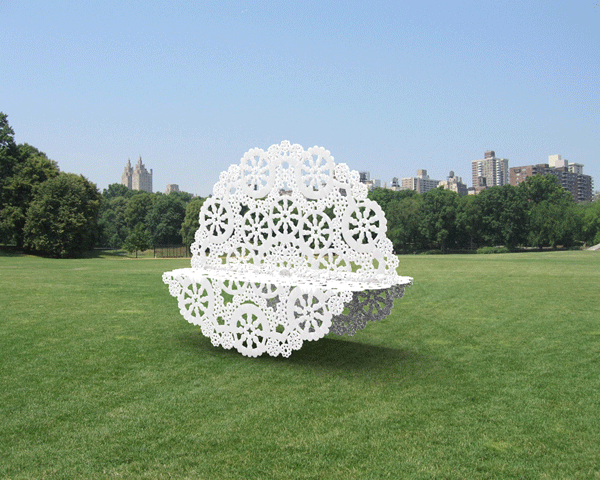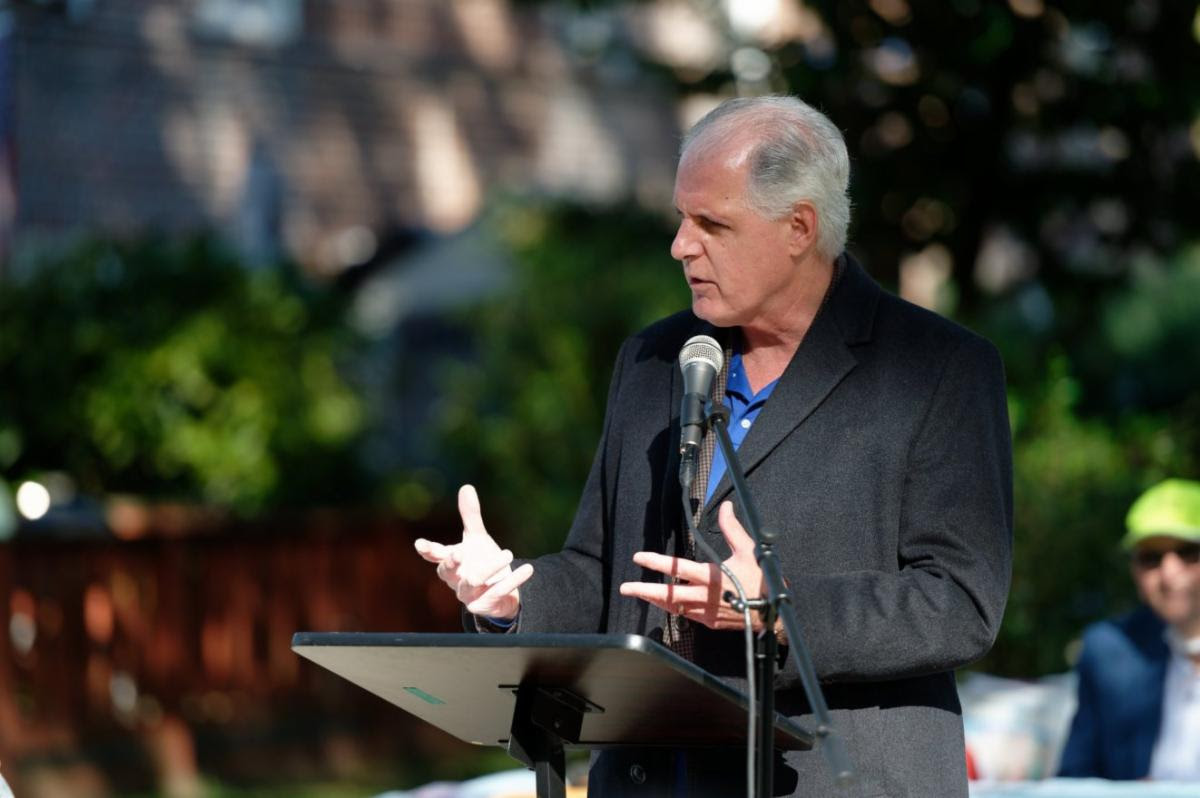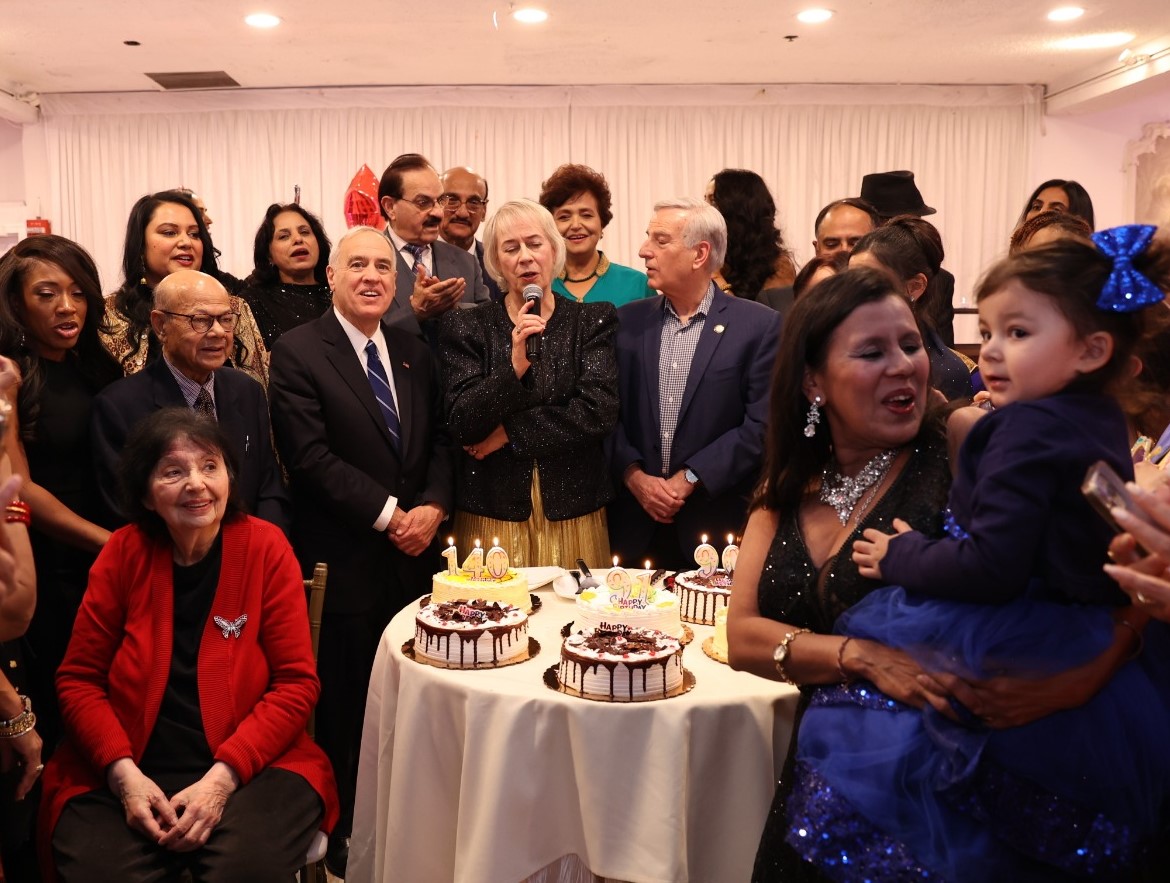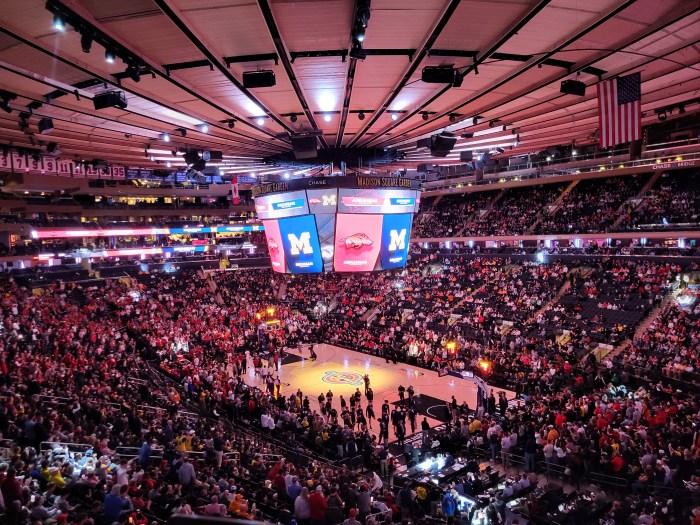
BY SAM SPOKONY | For even the most experienced artists, getting funds for creative projects can be an arduous process — especially when the final product provides no commercial benefits.
When artist Jennifer Cecere began her career, the idea of creating a public art installation seemed impossible to imagine. But with the backing of the Lower Manhattan Cultural Council (L.M.C.C.), Cecere, 61, will be presenting her new work on the plaza at Whitehall and Water Streets in December.
“This is like a whole new life for me,” said Cecere, who has lived in Tribeca since 1975 and spent the first four decades of her artistic life as a painter. “The grants create an unbelievable opportunity to use Lower Manhattan as your canvas, and the ability to get funding from a local source has been vital to my work.”
Since 1983, the L.M.C.C. has awarded around $500,000 a year to hundreds of Manhattan artists and nonprofit arts organizations with concentrations in dance, music, theater, visual art, new media, film and literature.
Each year, applicants throughout the borough can receive up to $5,000 through the L.M.C.C.’s two major grant programs, The Manhattan Community Arts Fund (M.C.A.F.) and The Fund for Creative Communities (commonly referred to as The Fund), which have similar missions but different funding sources. M.C.A.F. grants come from the city Department of Cultural Affairs, while grants from The Fund are provided by the New York State Council on the Arts.
For both grants, individuals and organizations who apply must be based in Manhattan, and arts organizations must provide proof of nonprofit status. To apply for a grant through M.C.A.F., organizations must have operating budgets of under $100,000 for two of the last three fiscal years.
This year’s grantees in the Downtown area include the Pen Parentis Literary Salon, which meets in the Andaz Hotel at 75 Wall St. to host public readings by notable authors, and the Sound Off concert series, which holds avant-garde music performances at 16 Beaver St. under the auspices of Audience, an arts nonprofit based in the East Village.
Historically, the likelihood of being approved for a grant from M.C.A.F. or The Fund is better than many starving artists might imagine, according to Kay Takeda, the L.M.C.C.’s director of grants and services.
“Because of the modest size of the grants,” she explained, “we’re able to support roughly 50 percent of our applicants. So you have a one-in-two chance, which makes for really good odds.”
She also stressed that, in the end, it’s not just about the money. What often makes L.M.C.C. support so important to emerging artists, or those who are starting new projects, is the public recognition and networking opportunities that come with winning a grant. “It enables people who don’t have a lot of infrastructure to pursue their ideas, while also learning about how to tap into new sources of funding,” said Takeda.
That certainly rang true for Cecere, whose 2012 M.C.A.F. grant only amounted to $1,500 — a small portion of the $10,000 she needed to fund her installation, which will comprise large aluminum sculptures in the shape of a folded lace doily.
Winning the grant, Cecere said, made it easier to gain much-needed funding from the city Department of Transportation — which maintains the plaza at Whitehall and Water Streets — and other sources. Since meeting the budget is no longer a problem, she plans to keep her installation at the plaza for at least a year.
More broadly, the grants enable arts organizations to connect deeply with the rich cultural heritage of a community, Takeda noted. Since 2005, the L.M.C.C. has played an important role in building support for traditional Chinese opera companies that stage performances in Chinatown. Initially, funding came from the Downtown Cultural Grants Initiative, which was made possible by the September 11 Fund. The L.M.C.C. has since reached out to newer opera companies and helped them apply for grants through M.C.A.F. or The Fund.
“The opera is an extraordinary thing, but it had been suffering because it just wasn’t that well known outside of Chinatown,” said Takeda. “So it’s been really amazing to help support this pocket of activity, in which members of the neighborhood are so invested.”
For some Downtown artists, adding even small amounts of vibrancy to their drab city streets can make all the difference. When asked why she chose to spend the newest chapter of her artistic career fashioning public doily sculptures, Cecere said it was an easy decision to make.
“I’ve just always wanted to add a touch of domesticity to the gritty urban environment,” she said. “I wasn’t sure if it would ever actually get done, but the grant allowed me to make it happen.”
The application period for the L.M.C.C.’s 2013 grants is now nearing its end. L.M.C.C. began taking applications in June; the deadline for all submissions is Sept. 13. For more information, visit www.lmcc.net/grants.

































